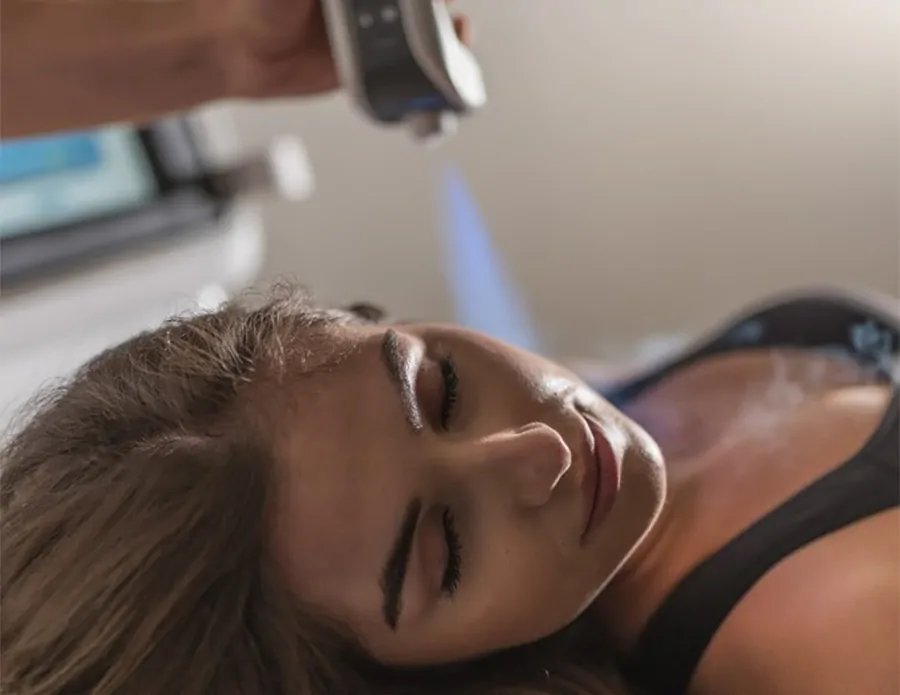Beauty and wellness have been two of the top priorities for the majority of people around the globe. In a survey conducted across 46 countries by the research group AC Nielsen, it was reported that 78 percent of their respondents feel the increasing pressure to look good (Westall, 2007). The desire to be beautiful, which is not limited to women, has led to the discovery of beauty regimens and the emergence of different trends, such as cryotherapy, tailored for both image and health-conscious consumers.
Beauty or physical attractiveness has three determinants; namely, waist to hip ratio (WHR), body mass index (BMI), and curvaceousness. As an index of fat deposition, WHR can be calculated by obtaining the ratio between the circumference of the waist and the circumference of the hips. Generally, a WHR of approximately 0.7 is considered to be the most attractive. In addition, BMI, which is closely related to WHR, is also one of the reliable measures of body fat. BMI can be calculated by dividing the body weight (in kilograms) by the square of height (in meters). Normal BMI range depends on different factors such as gender and race. On the other hand, curvaceousness, defined as the degree of ‘hourglass’ shape or the size of the bust relative to the circumference of the hips and waist, is also considered as another marker of physical attractiveness particularly among women (Fisher & Voracek, 2006).
Aside from those mentioned above, beauty is also characterized by radiant and glowing skin. Some of the factors that can damage the skin include prolonged exposure to ultraviolet rays leading to the appearance of wrinkles, skin discoloration, freckles and age spots (Gardner, 2015). Furthermore, climate and environmental temperature can also increase the risk of certain skin problems such as acne, which is usually manifested by occluded pores, pustules or pus-filled bumps, and cysts (Cole, 2015). During hot weather, the skin becomes prone to breakouts because warm and humid environment permits colonization by bacteria and fungi (Balato, Ayala, Megna, Balato, & Patruno, 2013).
To achieve physical attractiveness, many people have been trying various methods such as changing lifestyle habits, applying home remedies and undergoing treatments in dermatology clinics. One of the most effective ways to maintain a beautiful, flawless skin is to increase the intake of food rich in antioxidants, including vitamins A, C, and E, and selenium. In fact, in a study published in the European Journal of Clinical Nutrition, it was reported that a single dose of either black or green tea would significantly increase the plasma antioxidant potential by ferric-reducing antioxidant power (FRAP) assay (Peng, et al., 2014).
Another method that can help achieve physical attractiveness is through the use of different forms of cryotherapy. One of these is a nonsurgical treatment for fat reduction and body contouring, called cryolipolysis. This promising method competes with liposuction as it offers noninvasive procedure with limited side effects. The mechanism behind cryolipolysis is thought to be related to the effect of vacuum suction with regulated heat extraction in impeding the blood flow to induce crystallization of the targeted adipose tissue. Thus, resulting in apoptosis of the target adipocytes and subsequent removal from the treatment site within the following weeks (Ingargiola, Motakef, Chung, Vasconez, & Sasaki, 2015).
In addition, another form of cryotherapy called cryofacial can help reduce pore size, support collagen production, eliminate dark spots and blemishes, and revitalize the skin. Aside from this, cryotherapy in the form of focused cold therapy (FCT) induces cryoneuromodulation through the application of cold temperature between -20 to -88.5 degrees Celsius. This method reduces wrinkle formation as it inhibits the signaling of the temporal motor branches of the facial nerve in the temple region that induces temporary muscle relaxation without the use of neurotoxins (Wong & Giausseran, 2014).
References:
- Balato, N., Ayala, F., Megna, M., Balato, A., & Patruno, C. (2013). Climate change and skin. Giornale Italiano di Dermatologia e Venereologia , 135 – 146.
- Cole, G. W. (2015, November 13). Retrieved October 14, 2016, from MedicineNet: http://www.medicinenet.com/acne/article.htm
- Fisher, M., & Voracek, M. (2006). The shape of beauty: determinants of female physical attractiveness. Journal of Cosmetic Dermatology , 190 – 194.
- Gardner, S. M. (2015, June 11). Retrieved October 14, 2016, from WebMD: http://www.webmd.com/beauty/skin-care-basics
- Ingargiola, M. J., Motakef, S., Chung, M. T., Vasconez, H. C., & Sasaki, G. H. (2015). Cryolipolysis for Fat Reduction and Body Contouring: Safety and Efficacy of Current Treatment Paradigms. Plastic and Reconstructive Surgery , 1581 – 1590.
- Peng, C., Wang, X., Chen, J., Jiao, R., Wang, L., Li, Y. M., et al. (2014). Biology of Ageing and Role of Dietary Antioxidants. BioMed Research International , 831 – 841.
- Westall, S. (2007, April 27). Retrieved October 14, 2016, from Reuters: http://www.reuters.com/article/us-beauty-skin-idUSL2718032020070427
- Wong, V., & Giausseran, F. (2014). The Efficacy of Focused Cold Therapy on Horizontal Dynamic Forehead Wrinkles. Prime Journal , 28-35.

